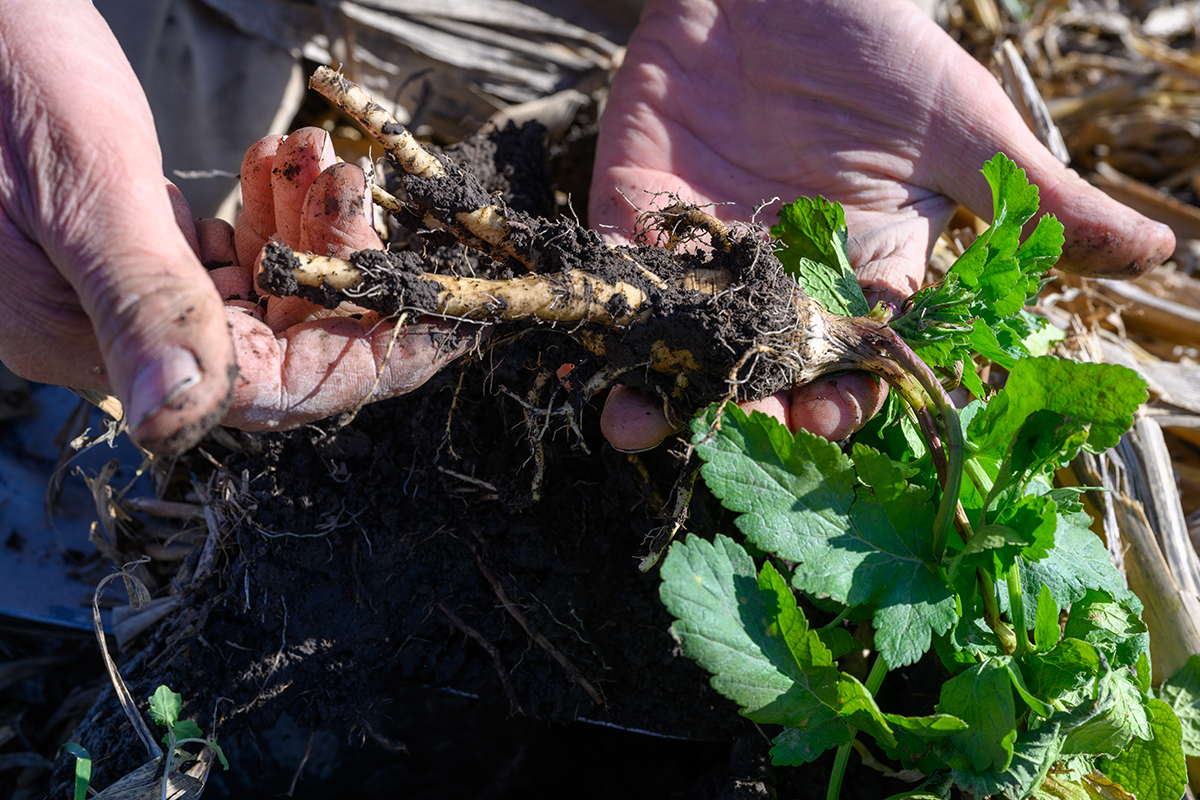Soil Sampling: It’s a Simple Process

Soil sampling is the first step toward a profitable crop. Getting a good soil sample is critical to the accuracy of your soil-test results. Below, Illinois soybean farmer Austin Rincker and agronomist David Brummer walk through the soil sampling process.
Why? Soil samples help farmers understand a significant part of the yield equation – the soil’s nutrient status. With proper collection and handling, the results of soil sampling and analysis can result in recommendations to supply adequate fertilization to meet the crop’s nutritional demands.
“Sampling our soils is very important to us,” says Rincker. “Taking a soil sample gives us a baseline to know where our fertility is at and what we need to be applying for nutrients.”
Who? Some farmers sample their soils themselves, although it’s also common for farmers to enlist the help of professionals.
“On our operation we hire someone to do our soil testing,” says Rincker. “When it comes to a field that needs soil tested, we’ll talk with our fertilizer retailer. Then we’ll turn in that work order with our chemical dealer, who will relay that onto our soil testing lab.”
When? Every two to four years.
“Soil tests should be done every four years,” Rincker adds. “If you get into some different cropping systems, or if you make some major management practice changes, probably every two years. But in most instances, four years is satisfactory.”
Where? A specific point in the field you want tested.
“Due to GPS technology, we now do soil sampling on what we call a point-sampling basis, where we drive to a specific point in the field and we take the cores right around that point,” says Brummer. “He will take five steps to the side of the ATV and repeat that step four other times on all four sides of the ATV to create a diamond of about 30 by 30 feet.”
How? Consistent sampling using a soil probe.
“One of the most important factors in getting a good quality soil sample is to take it at the correct depth,” Brummer adds. “In Illinois, we take soil samples at the depth of 7 inches, and every sample needs to be consistently at 7 inches. If we don’t do this, if we are too shallow or too deep, it has a pretty profound impact on the results. Once each core sample has been taken, they go into a bag and the sample is analyzed at the lab.”



